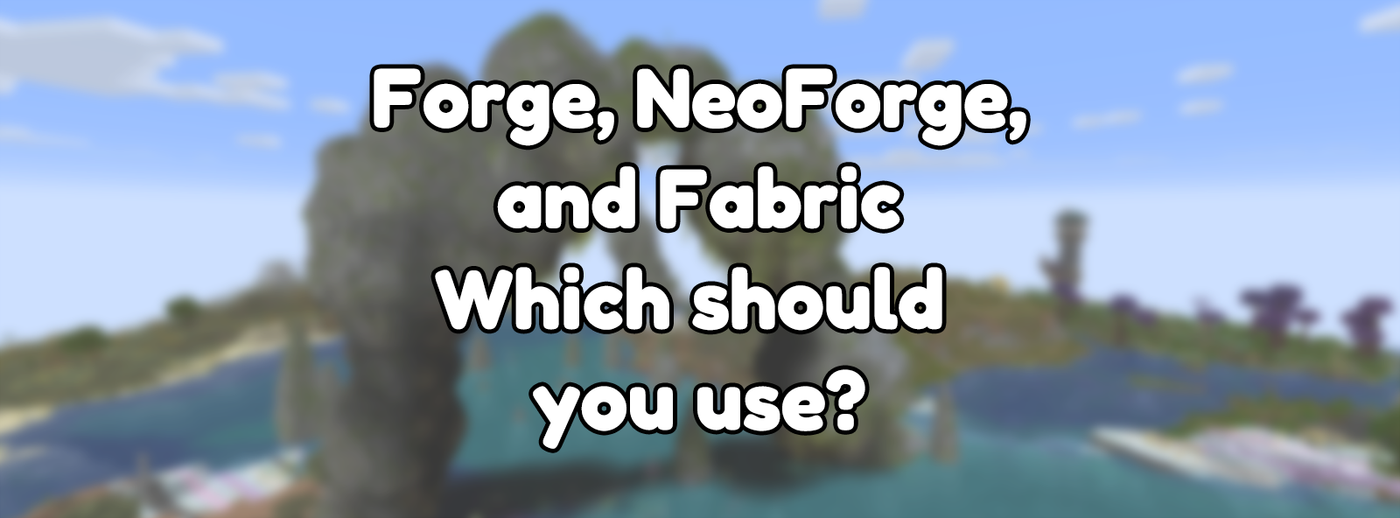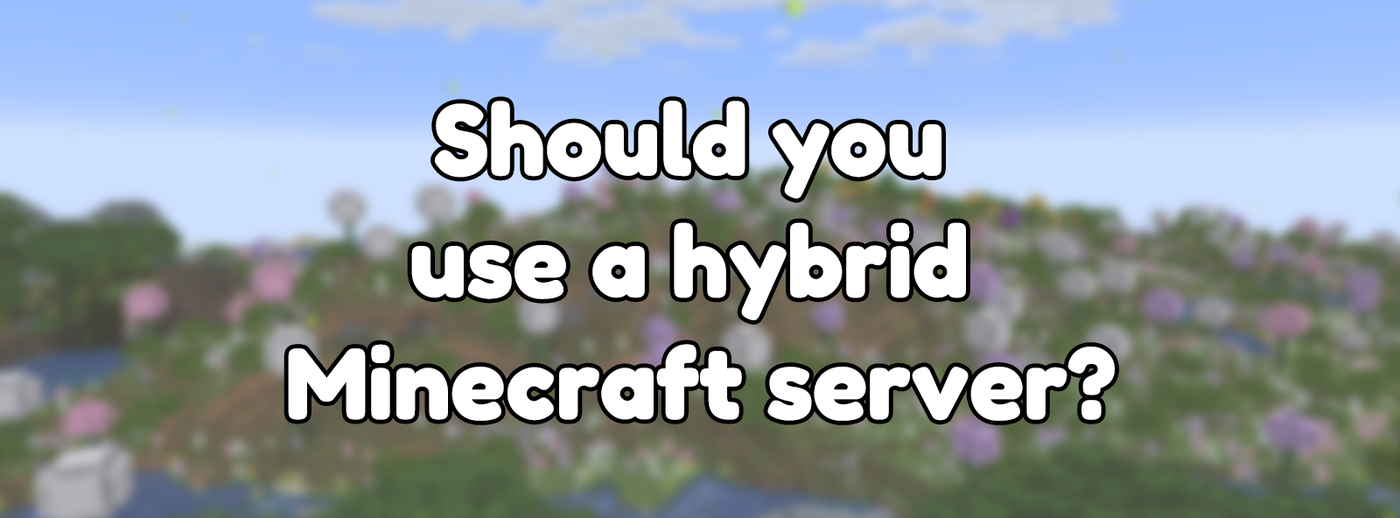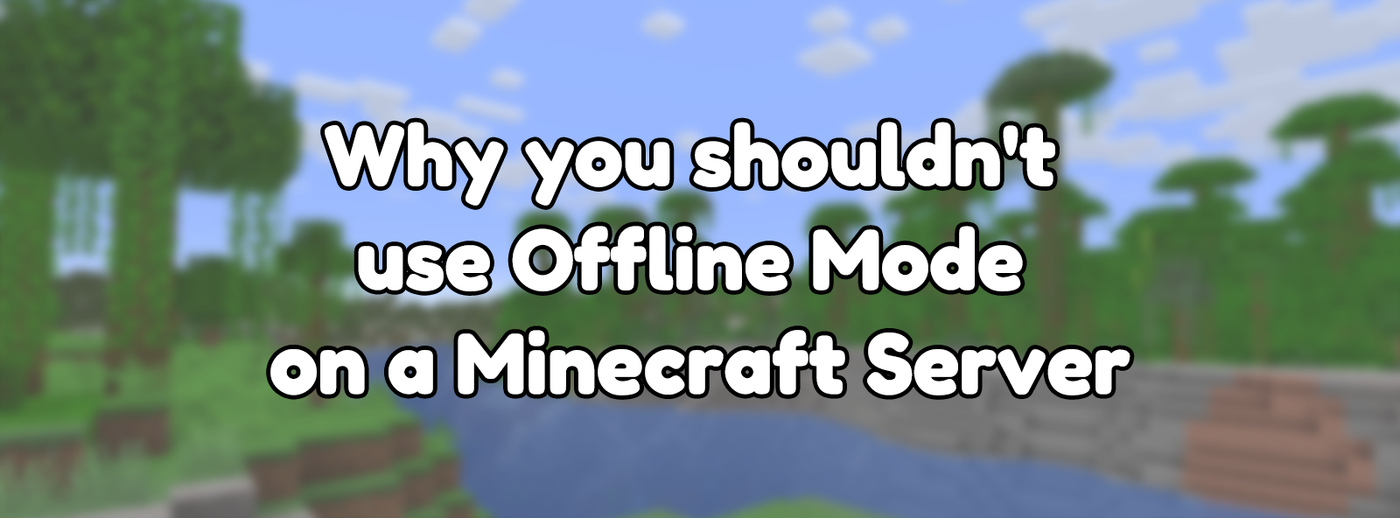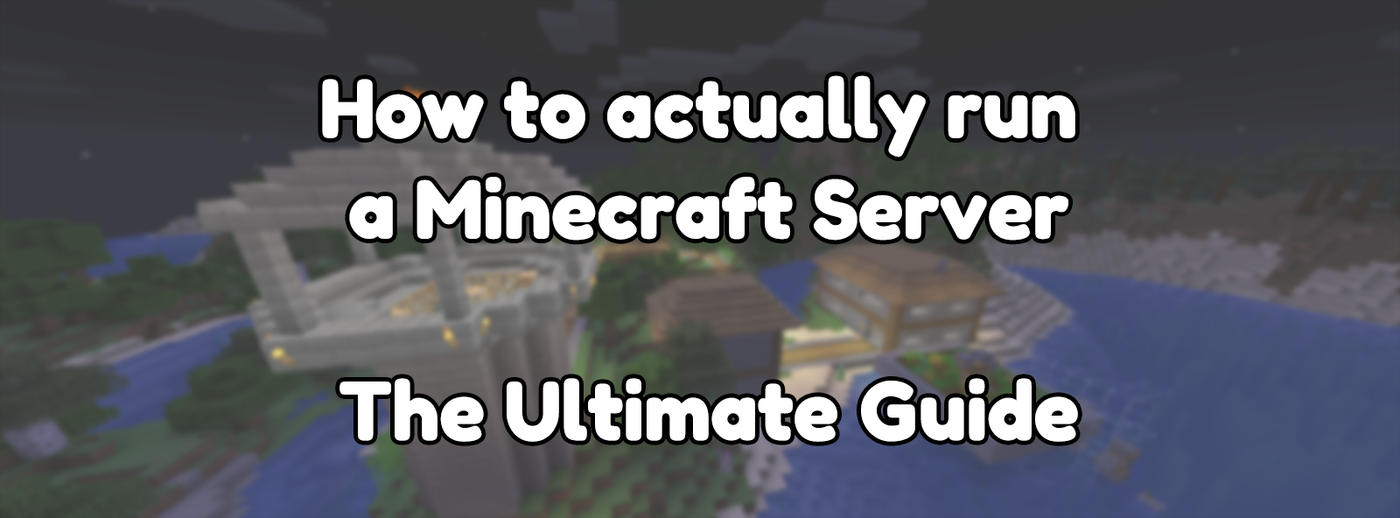
Forge, NeoForge, and Fabric. Which should you use?
Updated on Jul 20, 2024 by Maddy Miller
Originally posted on Jan 4, 2020
In Minecraft with tags Explainer, Fabric, Forge
Part 9 in a series on Running A Minecraft Server
834 words, 3 minutes to read
The Minecraft modding ecosystem massively changed with the release of Minecraft 1.13. Due to a long update cycle of Minecraft Forge, a few similar projects popped up to replace it in the meantime. Fabric, Rift, and a few other projects provided a lightweight mod loading framework in Minecraft Forge's absence. While the other projects did not gain a foothold after Minecraft Forge became available again, Fabric has cemented itself as a powerful modding platform in the community. Having been a while since Minecraft Forge was released, is Fabric still relevant? What about NeoForge, how is that different from Forge?
What are they?
It's essential to have a solid understanding of each platform to help decide which to use. Both projects allow installing mods on Minecraft clients or servers, but each one has its own strengths and weaknesses.
What is Minecraft Forge?
Minecraft Forge is a modding framework for Minecraft that provides many helpers to make writing compatible mods easier. This allows large modpacks to work coherently, with duplicate items and blocks not causing any issues. Forge also makes it easier to do common tasks such as creating new blocks, entities or listening to various game events. Due to Minecraft Forge being more extensive, it also takes longer to update. While Forge has released for new versions of Minecraft relatively quickly in recent times, it’s generally fairly buggy for a while post-release. If you’re using an older version of Minecraft or if it’s just been a while since the last version released, this isn’t something you need to worry about.
To summarise, Forge is better at ensuring that many mods work well together. For large modpacks, it’s likely the safer and smoother option.
what is NeoForge?
The NeoForge project is a continuation/fork of the Minecraft Forge project that split off during 2023, developed by nearly the entire original Minecraft Forge team. Due to internal disagreements, the NeoForge project was created to allow continued development without the problematic team member. Due to a vast majority of the original team moving to NeoForge, and the significantly higher levels of support it's received on newer versions of Minecraft, NeoForge is almost always the better option if you're looking to use a Forge-like platform on a version of Minecraft since the split happened. More and more mods have progressively moved over to it since the release of Minecraft 1.20.4.
What is Fabric?
Fabric is a lightweight mod loader for Minecraft. While it provides optional packages to make it behave slightly more like Forge, the primary purpose is to set up a simple environment in which mods can manipulate the game. Unlike Forge, Fabric does not offer many interoperability layers or helpers. Fabric's goal of remaining lightweight allows it to update very quickly, to the point that it can update to every Minecraft snapshot version. Although Fabric for snapshot versions exists, many mods are never made available for these versions. Fabric also makes fewer changes to the game and is, therefore, less prone to bugs. If you’re only wanting to run a few mods, especially performance-orientated or client-side mods, Fabric is a clear winner.
Recently, many people have started using Fabric to run Minecraft Servers. Due to projects like Paper and Spigot modifying the behaviour of some complex Redstone contraptions, Fabric has found use amongst technical Minecraft players. Say you want to run a vanilla (normal Minecraft gameplay) Minecraft server with a few utilities to make running a server safer and more manageable. In that case, Fabric may be a good option.
The technical Minecraft community have also taken massive advantage of Fabric’s vanilla-like nature, leading to many mods popping up that help work with Minecraft’s very complex vanilla features. Carpet is one example of a mod that’s heavily used by the technical community.
To summarise, Fabric is best for adding mods to your game while retaining a vanilla environment. Such as improving performance, adding tools for technical Minecraft players, or adding a few admin tools to a vanilla Minecraft server.
So, which should I use?
There is no simple answer over which is better. Both platforms have their benefits and downsides, such as what platforms the mods you want to use are available on or if you wish to use many mods that add content.
If you're going to do something simple like using WorldEdit in singleplayer, Fabric is probably your better option. If, instead, you want to play with multiple mods that all add blocks and items, Forge is likely better suited to what you're doing. The most significant factor in the decision will be which one supports the mods you want to use. Not all mods exist for both Forge and Fabric, so you often do not get a choice. Mods that are much more suited to Forge, such as adding tremendous amounts of blocks, will most likely not provide a Fabric version.
As is generally the case, the answer is that it depends on what you're doing. One platform isn't better than the other; both Minecraft Forge and Fabric have their strengths and weaknesses and are suited for different circumstances.
Continue reading the next part of the series: Should you use a hybrid Minecraft server?



